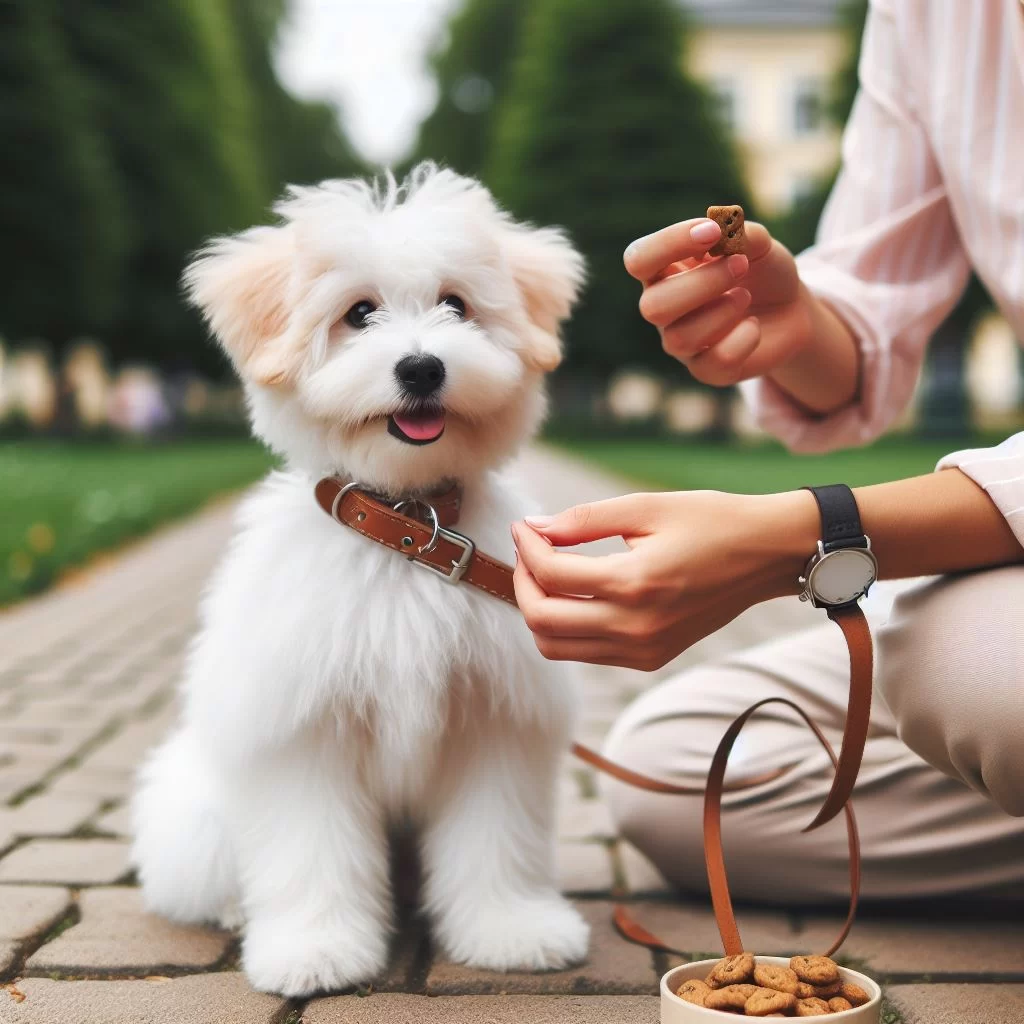Dog Leash Training Tips and Accessories: How to Master Leash Training for Your Dog
- 1. Why Leash Training Is Important for Your Dog
- 2. Dog Leash Training Tips for Beginners
- 3. Choosing the Best Dog Leash Training Accessories
- 4. Real-Life Stories: Successful Dog Leash Training
- 5. Where to Buy Dog Leash Training Accessories
1. Why Leash Training Is Important for Your Dog
Leash training is an essential skill for both dogs and their owners. Whether you're taking your dog for a casual walk in the park or a hike through the woods, a well-trained dog on a leash will make your outings much more enjoyable and safe. Leash training helps establish boundaries, improves communication between you and your dog, and ensures your dog is not a danger to themselves or others. Without proper leash training, dogs can pull, lunge, or even cause accidents while out for walks.
Furthermore, leash training gives you greater control over your dog's movements, allowing you to manage their behavior in various environments. This not only reduces stress for both you and your pet, but it also strengthens your bond as you work together to achieve leash walking success.
2. Dog Leash Training Tips for Beginners
Starting with leash training can feel overwhelming, but with the right approach, you can make it a fun and rewarding experience for your dog. Here are some essential tips to help you get started:
- Start Early: If you have a puppy, it's best to begin leash training as soon as possible. However, older dogs can also learn to walk properly on a leash with patience and consistency.
- Use Positive Reinforcement: Reward your dog with treats, praise, or toys when they follow the right behavior. Positive reinforcement helps them understand that walking calmly on the leash is desirable.
- Choose the Right Leash and Harness: A harness can provide better control and prevent discomfort, especially for small or brachycephalic breeds. Avoid using a collar with a leash on young puppies, as it could strain their neck.
- Practice in a Quiet Environment: Start leash training in a quiet, low-distraction area like your backyard or living room. Gradually introduce more distractions as your dog becomes more comfortable.
- Stay Consistent: Consistency is key in training. Practice regularly and ensure that everyone in the household follows the same training techniques to avoid confusion.
3. Choosing the Best Dog Leash Training Accessories
The right accessories can make a significant difference in how effectively your dog learns to walk on a leash. Here are some essential accessories to consider:
- Leashes: Choose a sturdy and comfortable leash. For most dogs, a 4-6 foot leash is ideal. Avoid retractable leashes as they can encourage pulling and are harder to control.
- Harnesses: A well-fitting harness distributes the pressure evenly across your dog's body, reducing strain on their neck and providing better control. Front-clip harnesses are especially helpful for dogs that tend to pull.
- Training Collars: If your dog is having trouble with pulling, consider using a gentle training collar. It should never cause pain or harm but should provide feedback when your dog pulls.
- Treat Pouch: Keep treats handy in a treat pouch to reward your dog during training sessions. This will keep the focus on you and encourage positive behavior.
- Clicker: Using a clicker can be an effective tool to mark the right behavior during training. The sound helps your dog associate good behavior with rewards.
By selecting the right accessories, you'll make the training process more effective and comfortable for both you and your dog.
4. Real-Life Stories: Successful Dog Leash Training
Many pet owners have successfully trained their dogs to walk calmly on a leash with patience and the right approach. Take Emily, a first-time dog owner, who struggled with her energetic terrier, Max. Max would pull relentlessly on walks, making them stressful for both of them. However, after consulting with a dog trainer and switching to a front-clip harness, Emily saw a noticeable difference. “It was like Max suddenly understood what I wanted,” she says. “The pulling stopped, and now our walks are enjoyable for both of us.”
Similarly, Jake, a seasoned dog owner, faced challenges with his older dog, Bella, who had developed bad walking habits over the years. With the help of a treat pouch and consistent training, Bella gradually learned to stop lunging at other dogs during walks. “It took time, but now Bella is much calmer,” Jake shares. “I never thought leash training could be this successful, especially with an older dog.”
5. Where to Buy Dog Leash Training Accessories
When it comes to buying dog leash training accessories, you want to invest in high-quality products that will last and help with training. Popular online retailers like Amazon, Chewy, and Petco offer a wide range of leashes, harnesses, and training tools. If you're looking for expert advice or personalized recommendations, visit Hidden Brook Veterinary, where you can find the best accessories for leash training and get guidance on what will work best for your dog's needs.
Proper leash training is essential for both you and your dog’s well-being. With the right tips and accessories, you can turn walks into an enjoyable and stress-free experience. Invest in quality leash training products and see the difference in your dog's behavior.










